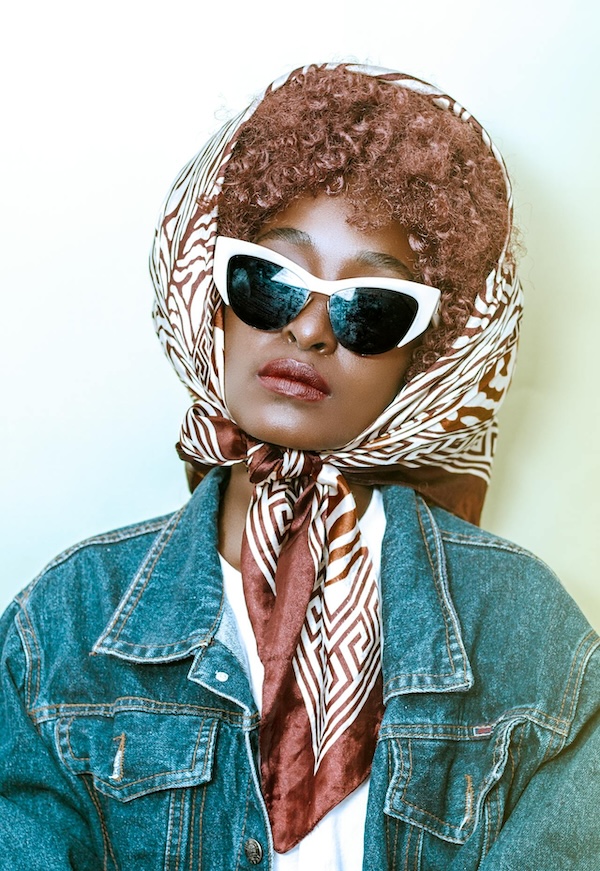Return of Vintage Glasses: Opportunity for Opticians?

The return of vintage glasses in the world of optics is not going unnoticed in 2024. Iconic shapes from the 80s, 90s, and 2000s are finding a new lease of life, propelled by iconic brands like Ray-Ban or Gucci . This phenomenon is not just nostalgia: it responds to a search for authenticity and singularity in a market saturated by ephemeral trends. For opticians, this resurgence represents a unique opportunity to capitalize on a timeless aesthetic that appeals to an audience looking for quality and style.
The strong comeback of vintage frames in fashion
The vintage eyewear trend is no longer just a niche phenomenon, but a real wave that affects the entire optical industry . In 2024, we are seeing a renewed interest in frames from past decades, particularly those from the 80s, 90s and even the early 2000s. This phenomenon is largely due to fashion trend cycles: what was out of fashion a few years ago is now making a comeback, often modernized to match current expectations in terms of style and comfort.

Vintage frames, such as large square sunglasses or oval models, are prized for their uniqueness and ability to offer a timeless look . Iconic brands like Ray-Ban, Gucci or Versace have helped to reinforce this trend by reissuing their classic models. These glasses, often associated with significant eras in popular culture, arouse nostalgia in consumers, who seek both a return to their roots and a sense of uniqueness in their style.
In addition to nostalgia, the search for authenticity and uniqueness is another driver of this trend. In a society where mass production and fleeting fashions dominate, vintage glasses stand out for their distinctive character . Many consumers see these frames as a way to stand out from overly standardized trends, while adding a personal touch to their appearance. Celebrities and social media influencers also play a role in popularizing this style, sporting retro glasses at major events or on their digital platforms.
As a result, vintage glasses are seen not only as fashion accessories, but also as symbols of status and individuality. This mix of nostalgia and originality is why this trend continues to thrive.

Business Strategies and Benefits
The return of vintage eyewear offers opticians a unique opportunity to stand out by aligning themselves with a strong trend . By collaborating with iconic retro design brands, such as Nylor or Persol , or by partnering with more confidential labels specializing in the reissue of classics, opticians can offer collections that meet the growing demand. These brands reinvent their iconic models , offering frames with a vintage look but made with modern materials, thus meeting the comfort and durability criteria expected by today's consumers.
In addition to partnerships, organizing themed events is a powerful marketing lever for opticians. Private sales or exhibitions on the history of eyewear through the decades can create excitement around these products . Customization workshops also allow customers to feel unique by adapting vintage frames to their personal taste. For example, opticians in New York recently hosted “Vintage Eyewear & Cocktail” events where customers could discover frames while enjoying a friendly experience. These initiatives help build loyalty among customers who are passionate about fashion and authenticity.
![]()
The margins offered by these products are also attractive. Vintage eyewear, often perceived as collectible or luxury items, can be sold at premium prices . In addition, the appeal of sustainability is pushing consumers to favor more robust and timeless products . By positioning these frames as eco-friendly choices, opticians can attract customers who are sensitive to the environmental impact of their purchases, a criterion that has become central in many sectors.
The return of vintage eyewear is more than a fad: these frames symbolize a desire among consumers to return to sustainable, authentic products that are steeped in history. For opticians, the key to success lies in the ability to adapt to this trend, by collaborating with specialized brands and offering unique experiences. The marriage of past and present, between nostalgia and innovation, could well redefine the optical market for years to come.


